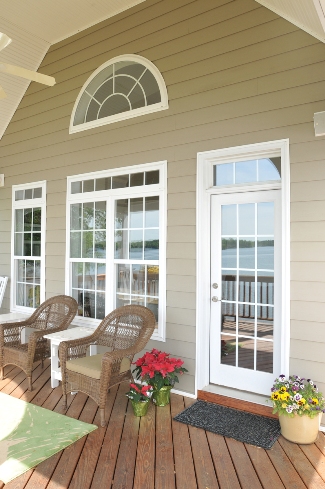Cladding Protection
One of the biggest investments most people will ever make is to buy a house, and to that end, the search for a way to protect that investment is a never-ending challenge. In real estate, this type of investment is only as good as it looks to the public. That being said, one of the best ways to ensure that a home continues to maintain its esthetic qualities is to protect the exterior from the burden of the elements. Severe climate changes, dirt, debris, and time itself have a way of taxing a home’s appearance. A homeowner can limit this type of damage by investing in cladding protection.
What Is It, and How Does It Protect a Home?
In terms of home construction, cladding is defined as a process by which one type of material is used to cover, and hence protect, another material. With home construction, this process is achieved with the use of materials that consist of a combination of plastic, metal, and aluminum, all of which are extremely resilient and serve to protect a home from severe weather conditions.
Where Is It Most Often Installed?
This type of material is usually installed in areas that are most vulnerable to water; these areas include chimneys, windows, doors, and roofs. In addition to helping deter rainwater from entering the home, this protective material also serves as an extra layer of insulation and protection where most needed. Due to its obvious protective qualities, when installed correctly, it can add value to a home, making it well worth the initial expense to have it installed.
Professional Installation Is Recommended
Despite the desire to try to complete this work by oneself, it is not recommended. Improper installation can lead to areas that are left susceptible to water damage, leaks, and mold.
When it comes to protecting and adding value to the home, adding a protective layer of cladding is one of the most efficient ways to do both simultaneously. The initial investment cost will be offset by the extra level of protection given to the home and the peace of mind that the homeowner receives as a result. Homeowners who live in areas that are susceptible to stark fluctuations in climate might find that this process is well worth the consideration.

